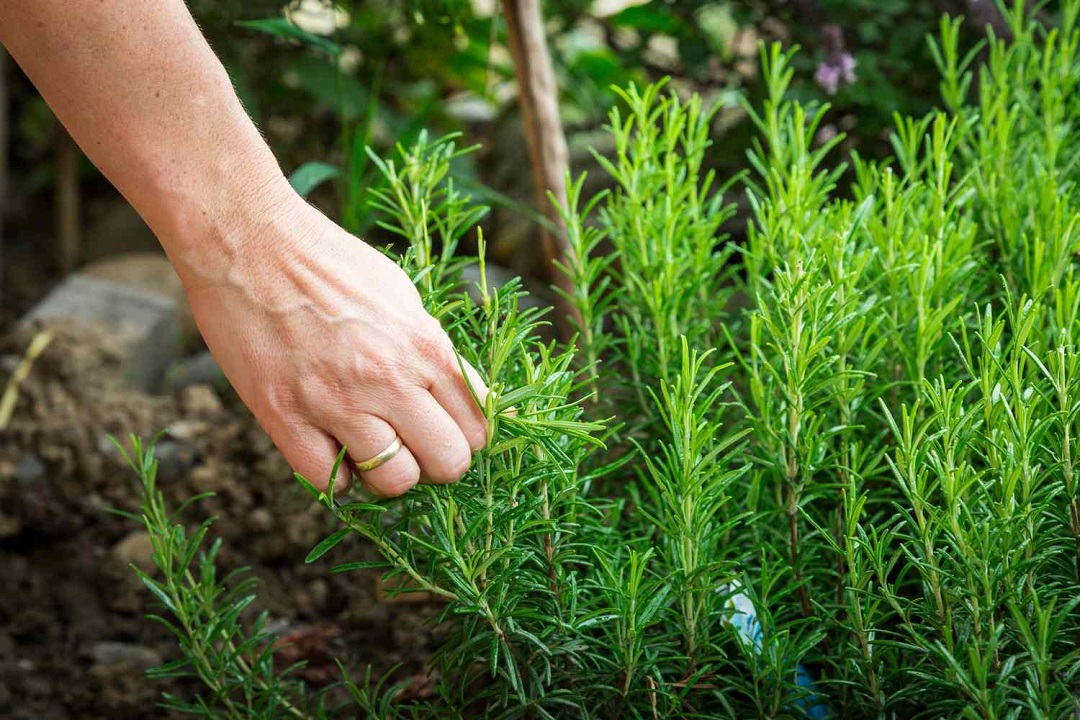Rosemary, with its delightful fragrance and culinary versatility, is a beloved herb in many gardens. But did you know that you can easily propagate rosemary to expand your herb collection? In this guide, we’ll explore various methods for propagating rosemary, from simple cuttings to more advanced techniques, empowering you to cultivate your own fragrant herb garden with ease.
Understanding Rosemary Propagation
Before diving into the propagation process, it’s essential to understand how rosemary grows and reproduces naturally. Rosemary is a woody perennial herb native to the Mediterranean region, known for its needle-like leaves and aromatic scent. While rosemary can be grown from seeds, propagating it from cuttings is the most common and reliable method.
Why Propagate Rosemary?
Propagating rosemary allows you to create multiple plants from a single parent plant, ensuring a continuous supply of fresh rosemary for culinary use, aromatherapy, and ornamental purposes.
Best Time for Propagation
The best time to propagate rosemary is in the spring or early summer when the plant is actively growing and more receptive to root formation.
Propagation Methods
1. Propagating from Cuttings
Step 1: Selecting Healthy Cuttings
Choose a healthy, non-flowering stem from the parent plant, measuring around 4-6 inches in length. Ensure the cutting has several sets of leaves and is free from any signs of disease or damage.
Step 2: Preparing the Cutting
Remove the lower leaves from the cutting, leaving only the top few sets of leaves intact. This encourages root growth while reducing moisture loss.
Step 3: Rooting the Cutting
Dip the cut end of the cutting in a rooting hormone to promote root development, then plant it in a well-draining potting mix. Keep the soil consistently moist and place the cutting in a warm, bright location, avoiding direct sunlight.
2. Propagating from Seeds
Step 1: Seed Collection
Collect ripe rosemary seeds from the parent plant by gently crushing the seed pods. Alternatively, purchase seeds from a reputable supplier.
Step 2: Seed Germination
Sow the seeds in a seed-starting tray filled with a light, well-draining potting mix. Cover the seeds lightly with soil and keep them consistently moist. Place the tray in a warm location with indirect sunlight.
Step 3: Transplanting Seedlings
Once the seedlings have developed several sets of true leaves, transplant them into individual pots filled with a nutrient-rich potting mix. Continue to provide adequate moisture and sunlight as the seedlings mature.
3. Propagating by Layering
Step 1: Selecting a Branch
Identify a low-hanging branch on the parent plant that can be easily bent down to the ground without breaking.
Step 2: Preparing the Branch
Remove the leaves from the lower portion of the selected branch and make a small incision in the bark where it will come into contact with the soil.
Step 3: Rooting the Layer
Bury the wounded portion of the branch in moist soil, securing it in place with a small rock or stake. Keep the soil consistently moist and monitor for root development over several weeks.
Caring for Propagated Rosemary Plants
Providing Proper Care
Once your propagated rosemary plants have established roots, continue to care for them by:
- Watering consistently but sparingly, allowing the soil to dry out slightly between waterings.
- Providing adequate sunlight, preferably 6-8 hours of direct sunlight per day.
- Fertilizing sparingly with a balanced fertilizer during the growing season to encourage healthy growth.
FAQs About Propagating Rosemary
Can I propagate rosemary in water?
Yes, you can propagate rosemary in water by placing cuttings in a container filled with water and ensuring the cut ends remain submerged until roots develop.
How long does it take for rosemary cuttings to root?
Rosemary cuttings typically root within 2-4 weeks under optimal conditions, but it may take longer in cooler temperatures or if rooting hormone is not used.
Can I propagate rosemary from a grocery store plant?
While it’s possible to propagate rosemary from a grocery store plant, it’s best to choose a healthy, non-root-bound specimen and follow proper propagation techniques for the best results.
Do I need a greenhouse to propagate rosemary?
While a greenhouse can provide ideal conditions for propagating rosemary, it’s not essential. With proper care and attention, rosemary cuttings can be successfully rooted indoors or outdoors.
Can I propagate rosemary from woody stems?
Yes, you can propagate rosemary from woody stems, but they may take longer to root compared to soft, green cuttings. Ensure the woody stems are healthy and free from disease for optimal results.
In conclusion, propagating rosemary is a rewarding and straightforward process that allows you to expand your herb garden and enjoy the beauty and fragrance of this versatile herb year-round. Whether you choose to propagate from cuttings, seeds, or layering, following proper techniques and providing ongoing care will ensure success in your propagation endeavors.

